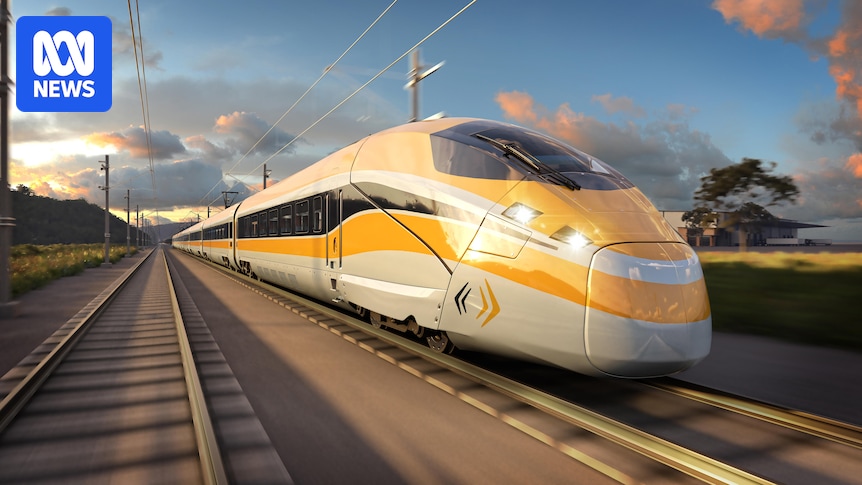
The federal government’s independent assessment body for major projects has given the green light for the next phase of a high-speed rail project linking Sydney with Newcastle via the Central Coast. This pivotal development marks a significant step forward in Australia’s infrastructure landscape, promising to reshape regional connectivity.
Infrastructure Australia, responsible for evaluating project proposals of national significance or those requiring government funding exceeding $250 million, has endorsed the development phase. This phase, spanning two years, will involve engaging with contractors and confirming at least 40 percent of the design.
High Speed Rail Authority chief executive Tim Parker expressed optimism about the project’s progress, stating, “I think the government has already shown their commitment.” While the final approval rests with the government, Parker does not anticipate major hurdles.
Priority Corridor: Sydney to Newcastle
The High Speed Rail Authority has prioritized the Sydney to Newcastle link, citing significant housing and employment benefits. Parker emphasized the project’s potential to bolster regional economies, noting the dramatic reduction in travel time. “The current travel time between Newcastle and Sydney is about two hours and 40 minutes, but with high-speed rail, we’ll be looking at a travel time of around an hour,” he said.
Infrastructure Australia’s assessment report outlines that the first stage of the rail project will cover 194 kilometers, including 155 kilometers of tunnels. The tunnel diameter between Sydney and the Central Coast will limit train speeds to 200 kilometers per hour, but trains could reach up to 320 kilometers per hour between the Central Coast and Newcastle.
Future Expansion Plans
The initial phase will feature four stations: Broadmeadow in Newcastle, Lake Macquarie, and Central Coast, scheduled for completion by 2037, with Central Sydney following in 2039. By 2042, the line is expected to extend to Western Sydney Airport via Parramatta.
Parker highlighted the broader vision for high-speed rail to eventually connect Brisbane with Melbourne. “This is just the first part, and obviously, the first part is important because whatever we design for, the first part must be suitable for those longer runs,” he said. “Things like the train selection and everything else are all taking into account that this is only the first stage of the national high-speed rail network for Australia.”
Government Support and Vision
Transport Minister Catherine King welcomed Infrastructure Australia’s assessment, describing high-speed rail as a “nation-shaping investment.” She stated, “It will unlock housing, create employment opportunities in the regions, and enable our ambitious carbon reduction targets to be achieved.”
King reiterated the government’s commitment to advancing high-speed rail, highlighting its proven success overseas in connecting regions, cities, and communities more efficiently.
Implications and Future Outlook
The announcement comes as Australia seeks to enhance its infrastructure to meet growing population demands and environmental goals. The high-speed rail project is expected to significantly reduce travel times, thereby increasing accessibility and economic integration between major urban centers and regional areas.
Experts believe that the project could serve as a catalyst for further investments in sustainable transport solutions, aligning with global trends toward greener and more efficient public transit systems.
As the project moves into the development phase, stakeholders will closely monitor progress, with the potential for high-speed rail to transform Australia’s transport landscape and set a precedent for future infrastructure projects.
The move represents a strategic investment in the nation’s future, promising not only to enhance connectivity but also to drive economic growth and sustainability across the eastern seaboard.






